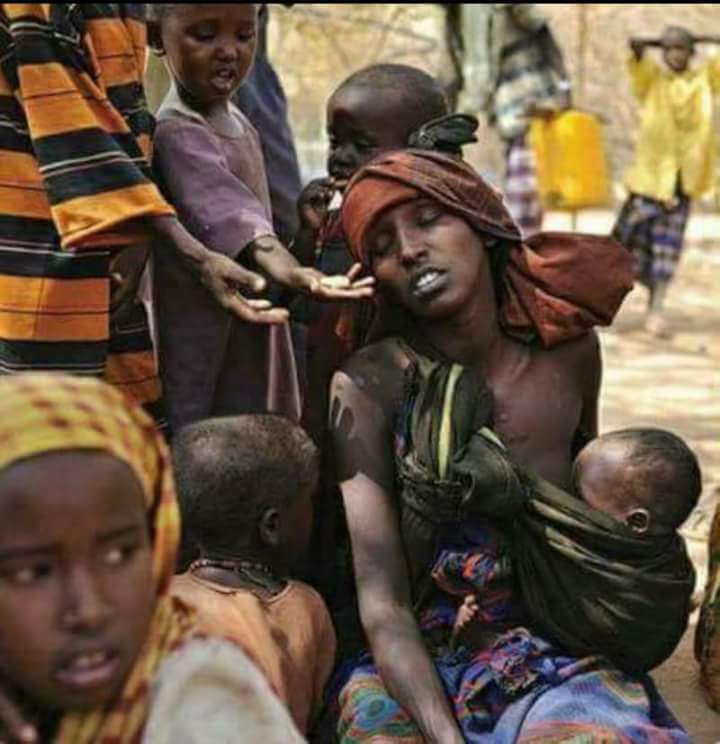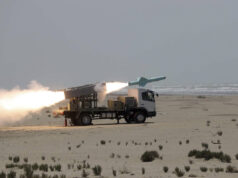
Somalis are used to hardship. Hunger, pestilence and violent death have brooded over their desiccated land ever since the first clans reached the Horn of Africa more than a millennium ago.
It is not in the Somali national character, enamelled by suffering, to complain. Setbacks are shrugged off and mortality contemplated with disdain. “I never saw a Somali who showed any fear of death,” wrote Gerald Hanley, the Irish author, who lived among them in the Forties.
Yet, even for the hardiest, the past decade has been testing. Somalia is a nation of nomads. Of every five Somalis, four are pastoralists, moving their flocks and herds with the weather.
Such a life is fragile. When the rains fail, as they often do, the livestock sicken and die. Competition between Somalia’s myriad clans and sub-clans often leads to conflict, but in barren times the clan is also a great source of strength: water, grazing and breeding stock are shared in order to save the community’s lives.
But twice over the past ten years, the droughts have been so long and so relentless, failing over successive seasons, that even the old men say they cannot remember a time of such climate-related wretchedness. Across great swathes of Somalia, 80 percent of livestock has died as pasture withered and wells dried under skies that remained remorselessly blue — a cull, blamed on a deadly combination of climate change and overgrazing, that is unprecedented in living memory.
When animals die in such vast numbers, all go hungry — but Somalis, deprived of their livelihoods, know that it is their children, denied adequate sustenance, who are the least likely to survive.
There are many reasons why life is so precarious for Somali children. Decades of civil conflict since the country’s implosion in 1991 have stunted development. For more than 20 years, Somalia did not have a government at all, depriving much of the population of life-saving services, from basic sanitation to rudimentary health care.
Insecurity, worsened in recent years by the Islamist militant group al-Shabab taking over substantial pockets of the country, meant that aid agencies often struggled to reach the most vulnerable communities. As a result more than half of Somali children are unvaccinated, a figure that is one of the highest in the world and which also closely matches the number of children not in school.
Yet it is almost certainly the widespread drought of recent years that explains why Somalia emerged this year as the world’s deadliest place to be a child, a country where, according to UNICEF and the World Bank, one in seven children will not live to see their fifth birthday.








